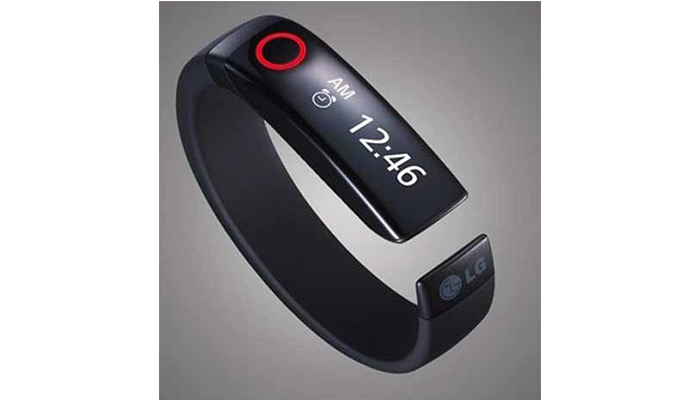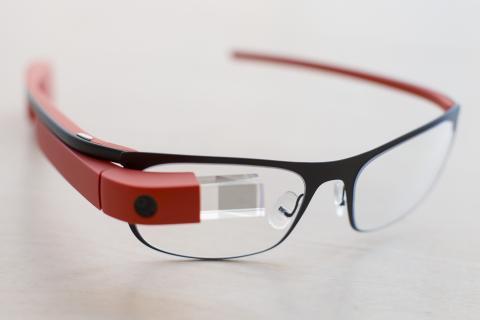Technology Tools
What Will Be the Next Wave of Classroom Technology
Topics

Educators often take advantage of educational technologies as they make the shifts in instruction, teacher roles, and learning experiences that next gen learning requires. Technology should not lead the design of learning, but when educators use it to personalize and enrich learning, it has the potential to accelerate mastery of critical content and skills by all students.
The most probable ubiquitous wave of technology to next invade the classroom will be "wearables." Here's why.
At orientation this past week, I was talking with an incoming freshman and her family about an app we’re working on "for students with smartphones." Her 16-year-old brother's immediate reply was, "who doesn't have a smartphone?" It's hard to believe, but today’s incoming freshmen were going into 7th grade when the iTunes App Store launched. So now that apparently "everyone" has a smartphone, it begs the question of "what's next?"
While drones make a tempting target, the most probable ubiquitous wave of technology to next invade the classroom will be "wearables." Wearables are not new. The most prominent example, Google Glass, has been widely covered in the media (including this excellent Daily Show report). On the other end of the wearable spectrum, many are familiar with relatively low-tech devices such as the Fitbit Flex and similar that track activity levels feeding that data to health and/or social media apps. There's a wide range of wearables out there from high tech watches to other specialized medical applications.

When we first got Google Glass in my office, one eager student dove in headfirst to check it out. I will admit his wearing it all of the time made me quite uncomfortable during our conversations. I was never sure if I was being recorded, transmitted, and my thoughts bantered/mocked/trolled in a parallel virtual conversation. On the contrary, the student pointed out several distinct advantages such as taking photos of lecture slides and being able to pay better attention in class since it's less obtrusive than a laptop. The potential uses for students with any sort of physical or learning challenges alone are extraordinary. But even he admitted to taking it off when using the restroom. As with most things, there are pros and cons.
By now, most educators are used to seeing the tops of student heads buried in laptops during lectures and the various buzzing sounds as "silent" messages are received. At the very least, educators have experience, policy and/or an opinion on what constitutes appropriate behavior for laptops, tablets, and smartphones in a learning environment. As an early adopter, I remember thinking how loud my keyboard sounded as I clacked away making notes on my laptop in class. But the pros outweighed the cons to me. Eventually, this became normal. This acceptance, however, took some time.
As someone who embraces technology, I was surprised by my own reaction to wearables. I embraced the Fitbit, but had a strong negative reaction to Google Glass and I wasn't even the user! This is why it’s best to focus not on the technology, but on the greater issues it forces. How does this impact privacy? How much information is too much information? Does the information actually make you change behavior? Is it just new and different or is it actually better? I know that if I try to make policy to regulate these concerns in my office, some new tech savvy student will find a loophole. So the policy generally is: "use your best judgment and be able to defend your reasoning."
I try to encourage independent thought as I excitedly brace for this new wave of things to buzz, flash, beep, and distract...and hopefully inspire, augment and provide opportunities to improve learning. It will take some time for us all to adjust and figure out how best to include these new devices in pedagogy and to find what makes learning better, not just different.
Then again, if someone makes a wearable device that shows students how much they actually spend doing meaningful learning and studying versus how much time they think they do, that's an easy call: I'll make students wear it all the time.




